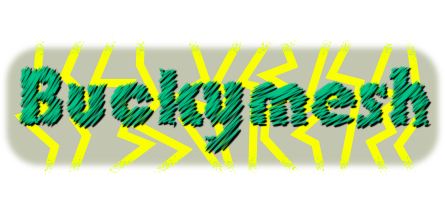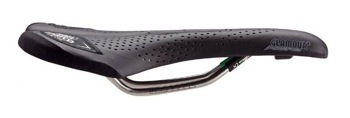Fractals

Or, to make a lighter material, let’s try for something a little different, something the same basic shape as a nanojack (four arms extending from a central section), only bigger.
Join thirteen nanojacks to create something we will call subsection A:
Join twelve nanojacks to create something we will call subsection B:
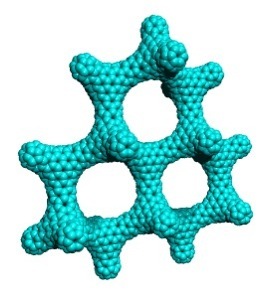
Join subsections A, B and C above together, by their 'faces'. Here is a view from the side:
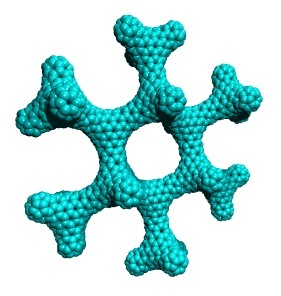
Make a copy of subsection A, spin it around (rotate horizontally i.e. around the x axis) and call it subsection C:
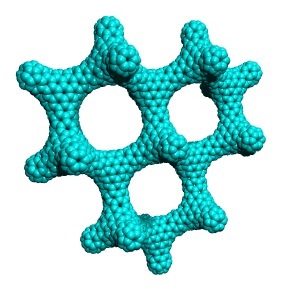
Let's call this an end section. Take four end sections, and join them all to the last molecule on the previous page, which we will call the center section (each end section on to one of the four "faces" of the center section):
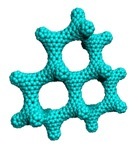
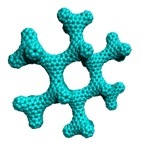
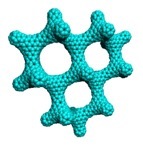
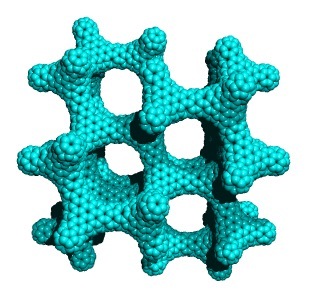
+
+
=
Compare this with a nanojack from the previous page. Like a nanojack, it has four 'arms'. Let's call it a super-nanojack.
This not only looks like a nanojack, but can be joined together just like nanojacks into super-super-nanojacks. And they can then be joined into super-super-super-nanojacks. Etc. Etc. Up to macroscopic size.
Let's call this Fractal Buckymesh, as it has a fractal configuration.
Compared to the basic version, Fractal Buckymesh is not as strong, but much, much lighter.
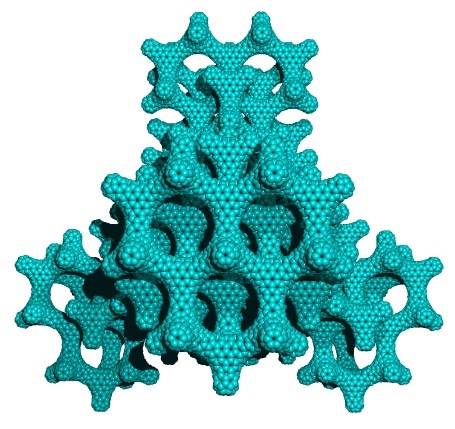
The Design - Part 2
